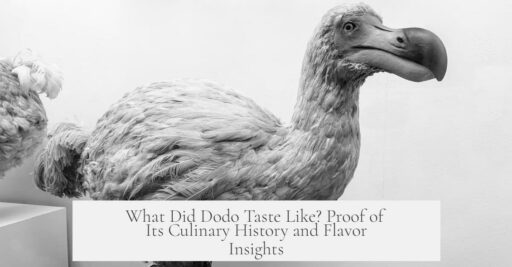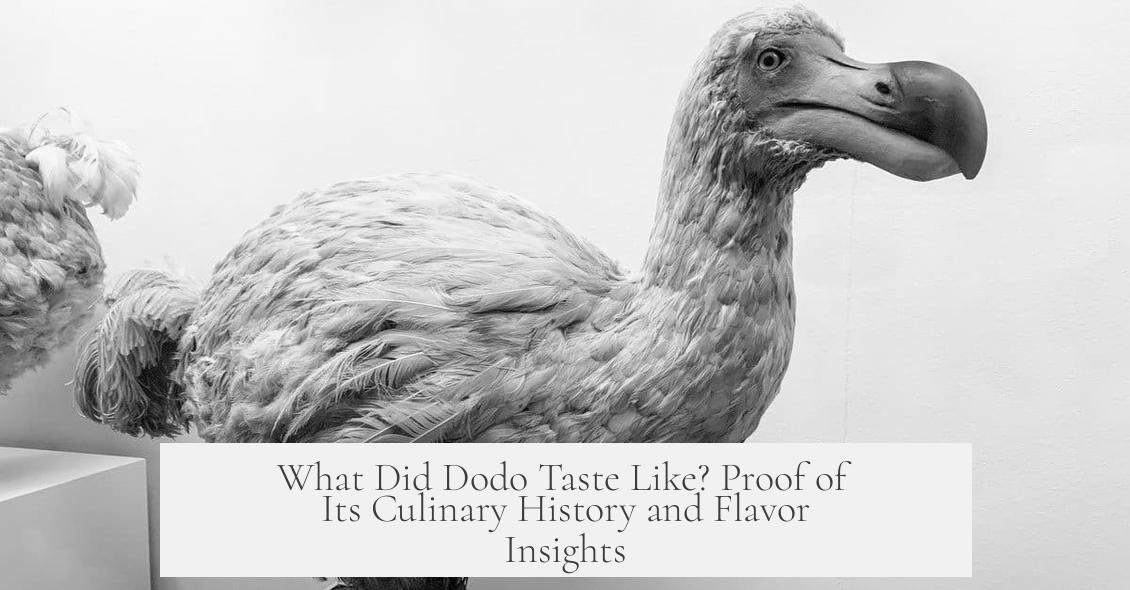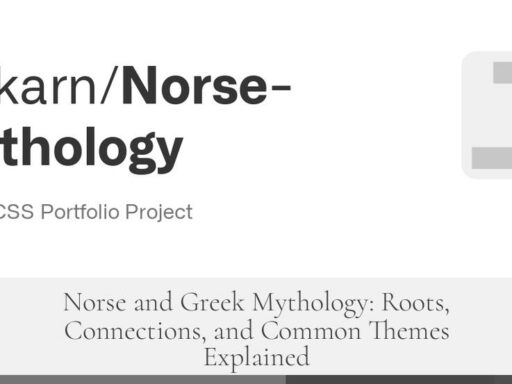Dodos were eaten by sailors and settlers, but their taste was generally considered unpleasant. Despite being served as a meal, early accounts describe dodo meat as greasy, insipid, and becoming tougher the longer it was cooked. Their breast and belly meat had some pleasant flavor and was easy to chew, yet overall it did not satisfy culinary expectations.
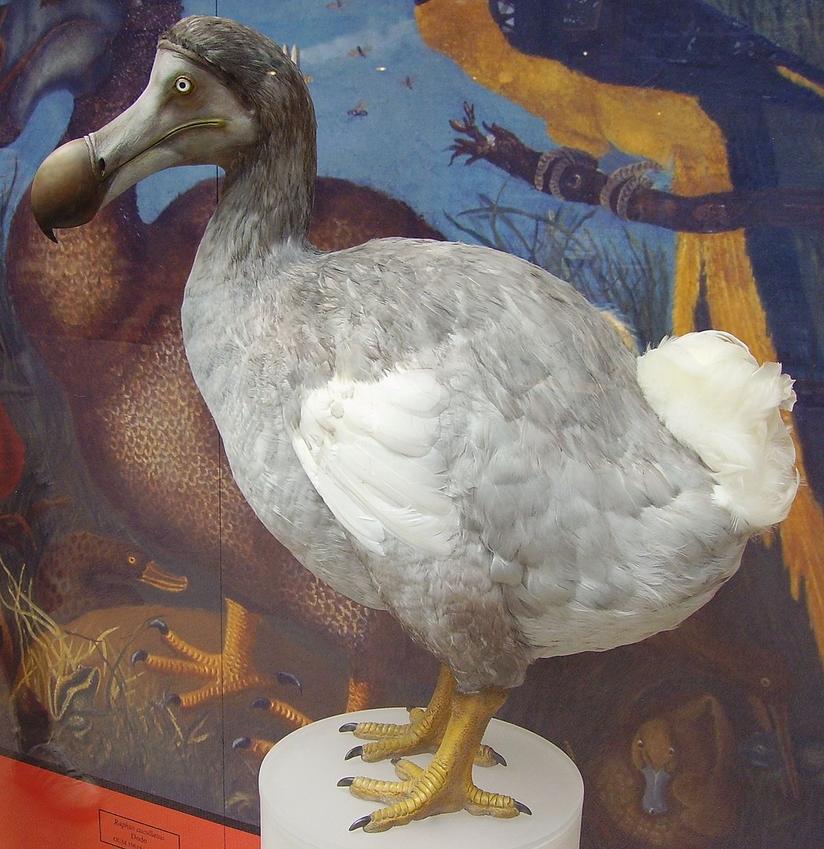
Historical records from sailors who landed on Mauritius mention consuming dodo meat during long voyages. Sailors, having spent months at sea without fresh meat, were not selective and ate dodos out of necessity. However, reports reveal that the dodo’s taste was mediocre at best. Early descriptions call dodos “Walghvögel,” which translates roughly to “disgusting birds,” highlighting their lackluster appeal. Despite this, cooks noted the breast and belly meat was somewhat palatable.
Repeated cooking diminished the quality of the meat, making it tougher and more bland. This suggests a low fat content or a muscle structure prone to becoming chewy. Unlike birds prized for flavor, dodos did not inspire enthusiasm in their consumption.
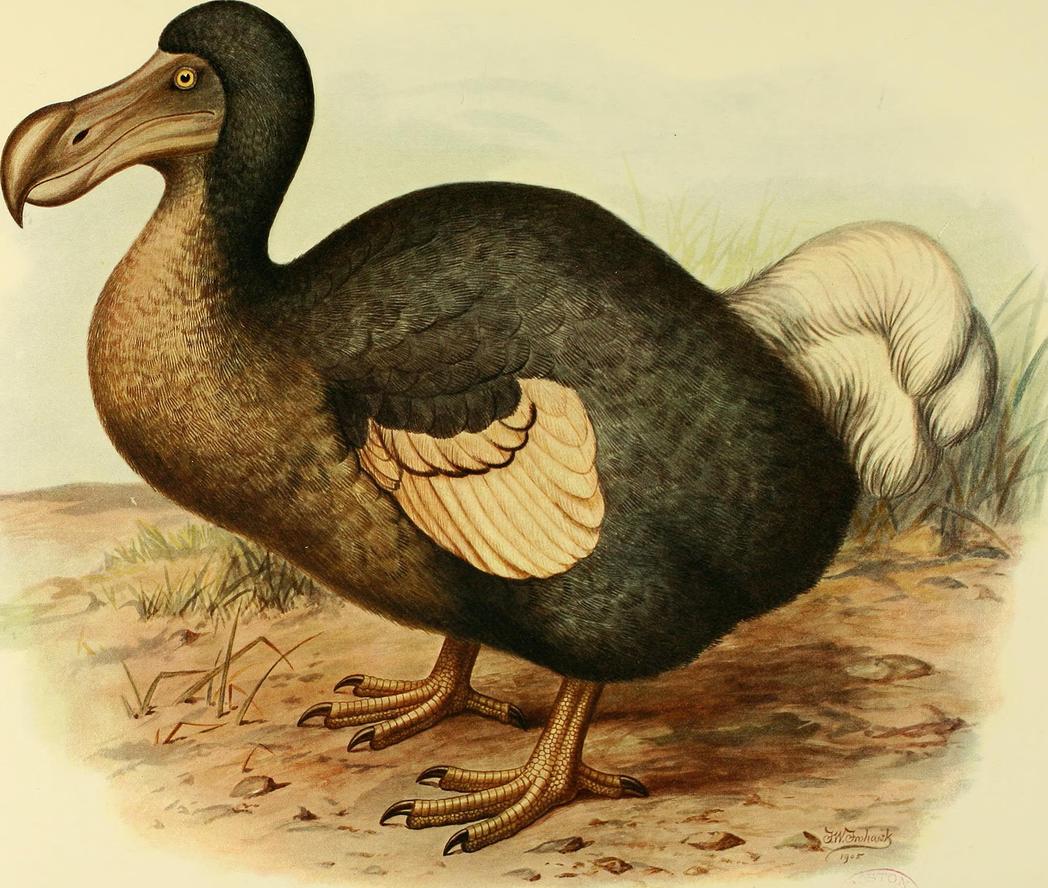
The lack of recorded recipes indicates dodo meat was never regarded as a delicacy. Instead, it served as a stopgap protein source. Settlers and sailors preferred to bring and breed livestock like pigs, goats, or sheep for reliable and better-tasting supplies. The fact that colonists introduced their own animals reflects disappointment in dodo meat’s quality and sustainability as a food source.
To summarize key points:

- Dodos were definitely eaten, especially by sailors arriving in Mauritius.
- Descriptions characterize dodo meat as greasy, tough, and bland.
- Breast and belly portions had some mild pleasantness.
- No known recipes or cooking techniques focusing on dodo exist.
- Settlers chose to rely on domesticated livestock instead.
What Did Dodo’s Taste Like? Are There Any Recorded Recipes or Proof It Was Served as a Meal?
In short: Dodo meat was indeed eaten, but it wasn’t exactly the culinary delight sailors hoped for. Descriptions highlight it as greasy and insipid, with flavor growing worse the longer it was cooked. Yet, despite its shortcomings, dodos made their way to plates, especially for hungry sailors desperate for fresh meat after months at sea.
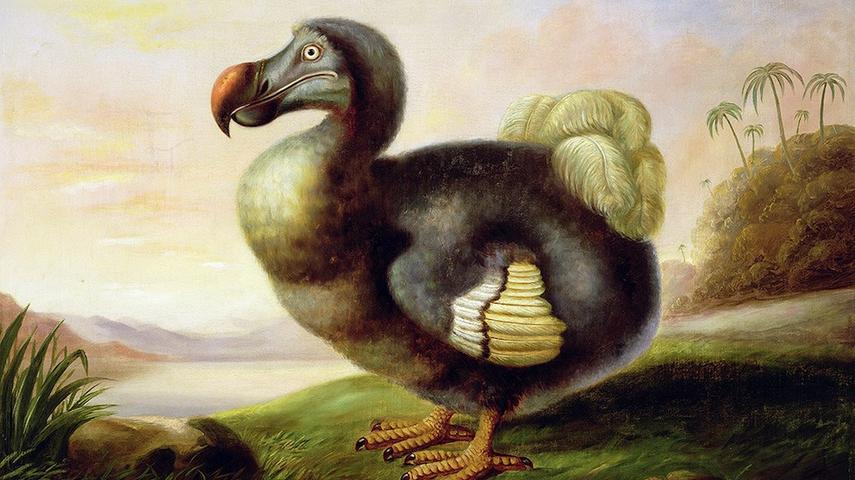
Ever wonder what eating an extinct bird might be like? The dodo, famously extinct since the late 1600s, still sparks curiosity about its taste and whether any recipes or meal proofs exist. Let’s dive into these historic flavors and dig up some truth.
First, consider the eyewitness testimonies of sailors landing on Mauritius, where dodos lived. One early vivid account describes these creatures—larger than swans with bare heads, tiny wings, and a tail of soft gray feathers—known locally as “Walghvögel.” Sailors quickly learned these birds weren’t exactly gourmet fare. The telltale nickname “Walghvögel” itself hints at displeasure; it roughly translates to “disgust bird.” This stems from a curious observation: the longer and more often these birds were cooked, the tougher and less tasty the meat became.

The Taste Test: Dodo Meat in Early Accounts
Reports state that the dodo’s belly and breast parts were “pleasant in flavor” and “easily masticated,” implying those sections were more edible compared to others. Still, the overall impression is far from mouth-watering.

Another common theme emerges: sailors who had been at sea for long stretches weren’t exactly food critics. For months, their diets lack variety, so fresh meat—greasy or not—took high priority. This could temper honest opinions about the dodo’s flavor. After all, sailors just wanted calories and protein, not a Michelin-star roast.
Interestingly, the meat was described as greasy and not particularly enjoyable, lacking the finesse one might expect in a sought-after delicacy. If this bird had been tasty and abundant, the settlers likely would not have gone to the lengths of importing and breeding pigs, goats, and sheep. The practical choice to farm established domesticated animals screams volumes about dodo’s culinary value.
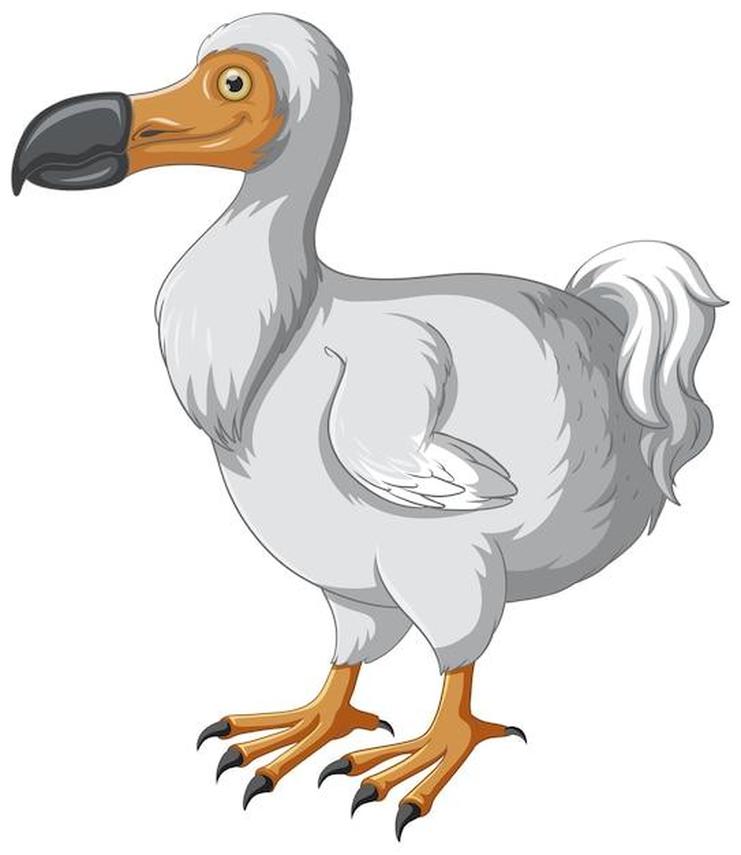
Proof Dodos Were Served—No Recipe Cards Needed
While no classic cookbook or recipe scroll exists featuring dodo dishes, historical evidence confirms these birds ended up on tables. Multiple accounts from sailors affirm that they hunted dodos on sight and consumed their meat. The consensus wasn’t praise but hunger-driven necessity.
There’s zero indication that dodo meat was treated with culinary artistry. It was simply a fresh food source. The absence of recorded recipes may reflect both the bird’s limited appeal and its quick extinction after human contact. By the time settlers could experiment with cooking, dodos were disappearing fast.
The term “served as a meal” here means straightforward sustenance. Imagine a sailor tearing into a dodo breast just to escape months of salty hardtack monotony. No frills, just fuel.
What Can History Teach Us About the Dodo’s Flavor?
The story of dodo flavor isn’t just about taste buds; it’s a window into survival. The bird’s large size made it a convenient food source for sailors and settlers new to Mauritius. But the disappointing taste and greasy texture meant it was no prize chicken. Its demise hints at human impact and ecological imbalance, but also at the limits of this odd bird’s gastronomic role.
So, if a time machine appeared and offered a dodo sandwich, what would happen? You might find the meat greasy, not tender, best eaten fresh and not overcooked. Pair it with some salt and a hearty spirit, and it might just pass muster for a hungry voyager.
Curious Comparisons and Tips for the Modern Foodie
Since dodo meat is gone, and no recipes exist, can we guess its equivalent? Historical hints suggest a taste somewhere between tough poultry and gamey bird meat—think wild duck or turkey, but greasier and less refined.
- Hungry sailors’ accounts mention the dodo’s breast and belly as the best parts. Tailor your mental flavor profile to “mild, fatty bird meat.”
- The nickname “Walghvögel” warns against cooking it too long. Overcooking made the meat tougher and less enjoyable.
- Greasy texture meant it lacked lean, clean flavor. Possibly influenced by the bird’s diet or lifestyle on Mauritius.
This all makes the dodo a fascinating case study in early ecological dining experiences. It’s a reminder of how humans adapt their diets when exploration brings new encounters—sometimes with success, other times with a shrug and a new livestock plan.
Wrapping It Up
To recap:
- Dodo meat was eaten, but not loved. Sailors described it as greasy and bland at best.
- Cooking longer spoiled it further. The more it was cooked, the tougher and less palatable it became.
- No recipes survived. Just records of hungry sailors killing and eating the birds.
- Settlers preferred imported livestock. This suggests the dodo was a last resort, not a sought-after meal.
So, while you can’t add dodo roast to your next dinner party menu, the historical clues offer a vivid picture. The dodo’s culinary legacy? A story of survival, humble bites, and a final farewell from the dinner plate to extinction.
In the end, the dodo remains a legend not for its gourmet qualities but for teaching us about nature’s fragility and changing human tastes. What would you do if you stumbled upon a dodo dinner back in 1600s Mauritius? Fancy a bite? Or would you stick to your trusty pig roast?
